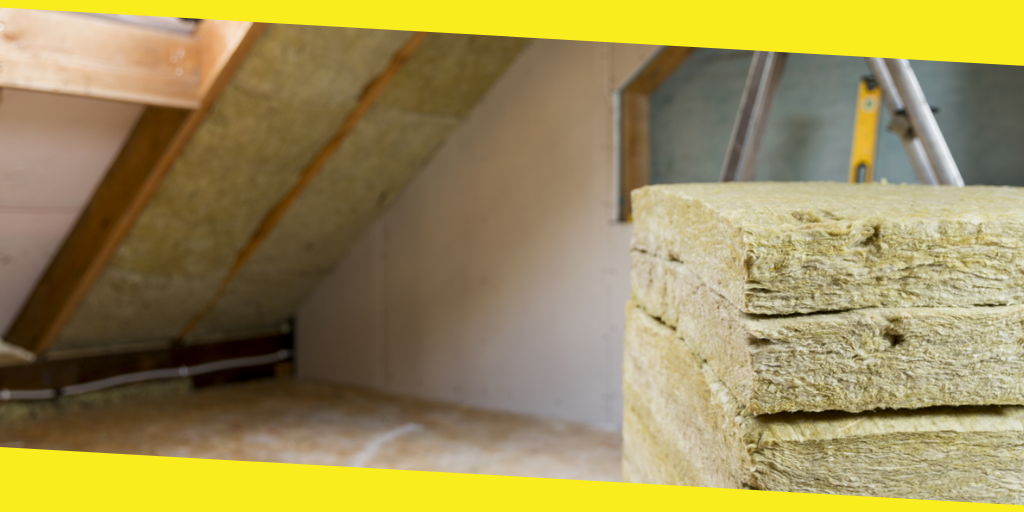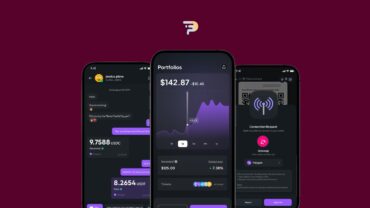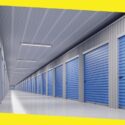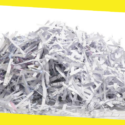Protect the Environment with Sustainable Insulation
This post was last updated on June 19th, 2019

As lately as a few dozen years ago, only a small group of people were concerned about environmental issues. Today, however, when we increasingly see the effects of mindless wastage of resources and neglect in environmental matters by millions of people around the world, there are also people and companies whose primary purpose is to produce products from renewable and environmentally friendly materials.
One such company is the family-owned Knauf Insulation. The fiberglass produced by the company, due to the innovative ECOSE® Technology, significantly reduces the need for valuable resources. It’s essential because we know that the world’s supplies are limited. In this article, we will explain what ECOSE Technology is and how you can ensure sustainable insulation for your home.
ECOSE Technology from Knauf Insulation
Traditional mineral wool is considered one of the most eco-friendly insulation material. The ECOSE technology from Knauf Insulation raises this bar even higher – the fiberglass produced by this method has outstanding technical parameters and excellent environmental characteristics.
Fiberglass from Knauf Insulation is produced in an innovative ECOSE technology without the use of non-renewable chemicals such as acrylics, formaldehyde, and phenol. The final products of sustainable insulation contain at least more than 50% of recycled glass.
How Fiberglass is made
Tiny glass fibers are produced using unique spinners from the raw materials melted in the furnace. The sustainable insulation is formed by combining the fibers with a binder. Traditional technologies use binders made of phenol-formaldehyde or acrylic resins. The production of fiberglass in ECOSE technology uses a patented binder based on natural starch that does not contain artificial colors and petroleum substances. That is why the fiberglass produced by the Knauf Insulation is so environmentally friendly.
Finished Knauf glass fiber products have a brown color, which is the result of the process of combining the fibers with a natural binder. That distinguishes ECOSE from glass produced using organic resins. Such wools have a yellow or white color. Some manufacturers additionally color the products to give them a more attractive look.
Technical Parameters of ECOSE Mineral Glass
The features of Knauf Insulation mineral fiberglass does not fall behind the products obtained by the traditional way of manufacturing.
Thermal and acoustic insulation, fire resistance, fire reaction class, and mechanical qualities are the same or better as in the case of traditional Glass. ECOSE glass is not a food for microorganisms; it does not rot and does not favor mold growth.
The fiberglass is distinguished by a much smaller loss of elasticity with the expiration of storage. Thus, it retains the ability to be stored much longer than traditional glass. Other useful features are not without significance – this wool has no odor, is less irritating than traditional wool, and it’s easy to process.
Ecological parameters
Thanks to their features, products created in ECOSE technology can be considered safe and environmentally friendly. The use of natural and recycled raw materials, as well as the elimination of phenol and formaldehyde from the production process, significantly improves the environmental characteristics. That is confirmed by the EPD environmental statements obtained for all products!
The Quality of the Internal Air
The use of ECOSE glass does not adversely affect indoor air quality and the user’s health. Glass has no carcinogenic effect.
Lower Cumulated Energy
The natural binder used in the ECOSE technology is up to 70% less energy-intensive than other traditional joining substances, which contributes to lowering the GWP index (Global Warming Potential) and cumulative energy in the finished product by 4-10%.
Impact on the Environmental Characteristics of Buildings
The use of Glass with high environmental parameters improves the characteristics of the entire building in which it’s used.
Recycling
Fiberglass usually contains Glass that is up to 80% recycled and 100% recyclable.
Reduced Emissions from Production
Using renewable materials reduce the adverse impact of manufacturing in the work environment and ‘workers’ health.
Economical packaging
The sustainable insulation is compressed in a 9:1 package, which allows the reduction in storage space, transport costs, and the consumption of the film to the packaging. It also brings about the reduction of the material used in the process of packaging; for example, the printing ink.
Conclusion
Now, as you already know why ECOSE technology is much better and more sustainable than traditional forms of Glass, the responsibility is on you to take more interest in the environmental issues and make conscious decisions when choosing insulation.
Most Inside
Most Inside offers high-quality recommendations and valuable updates to enhance all aspects of your life, providing premium guidance and enriching experiences.




